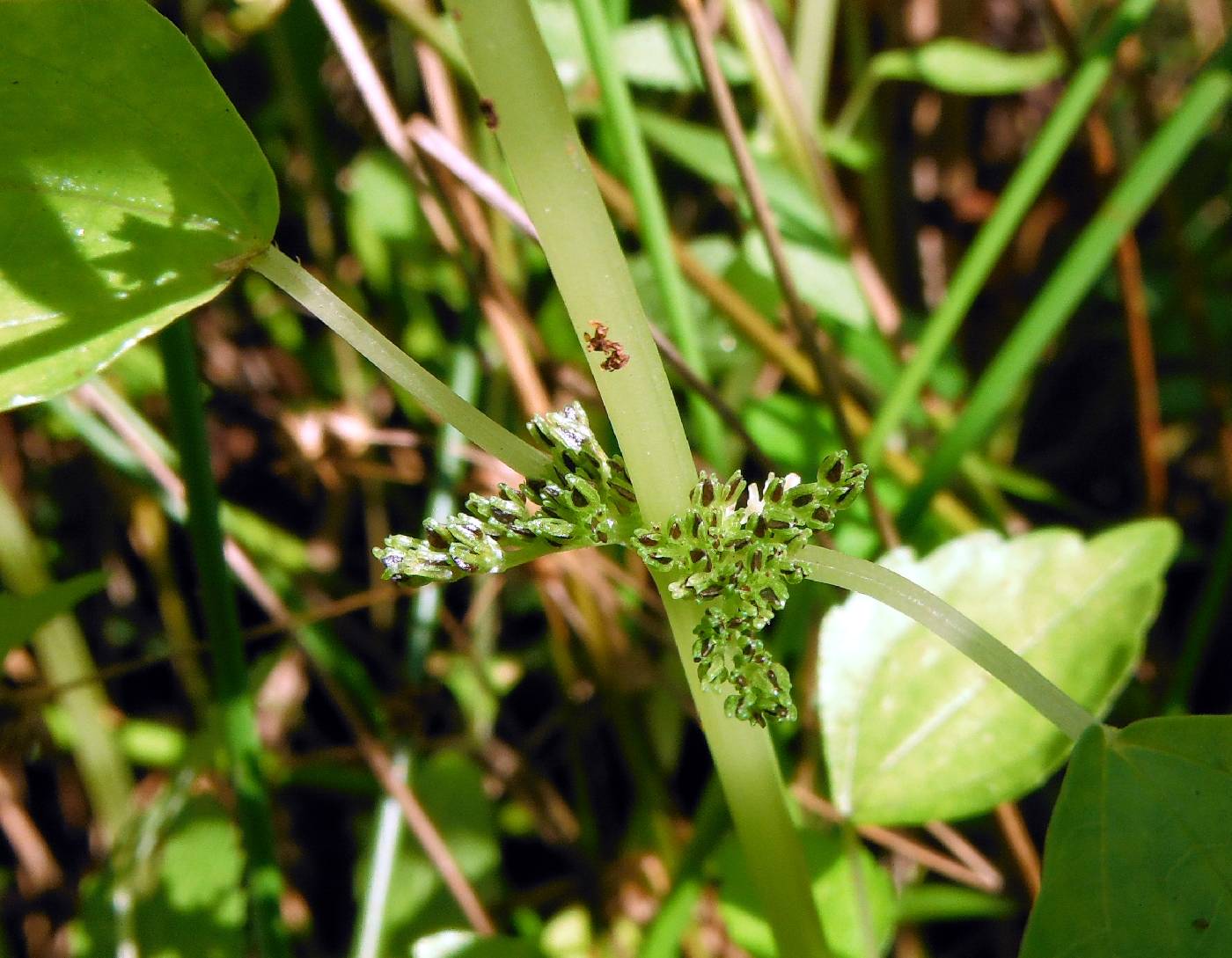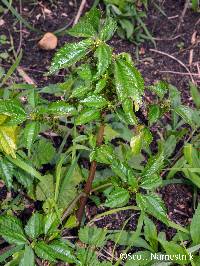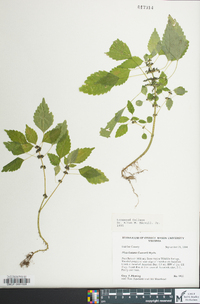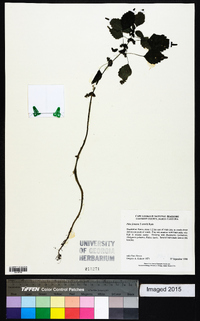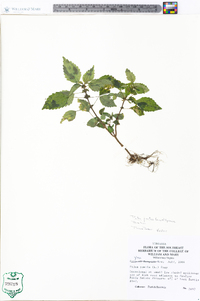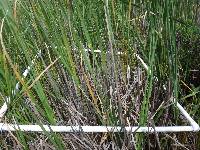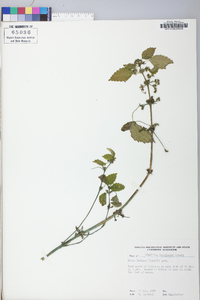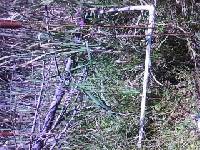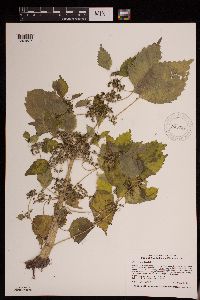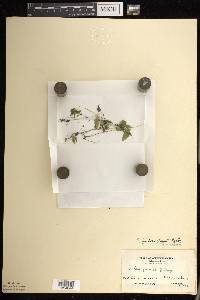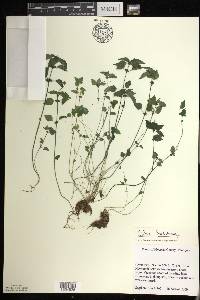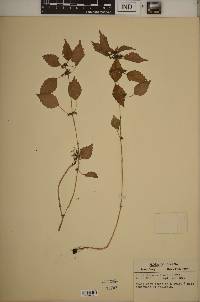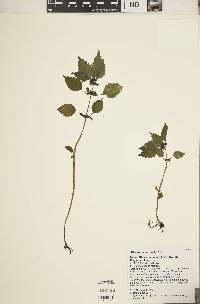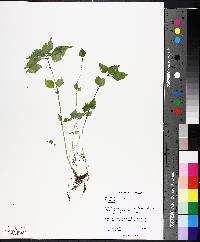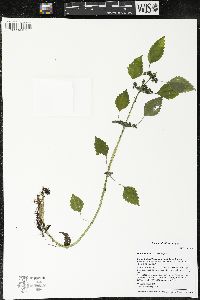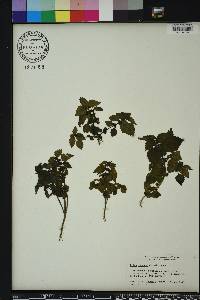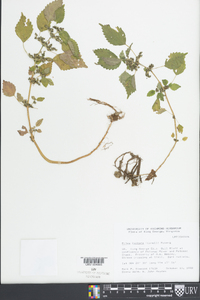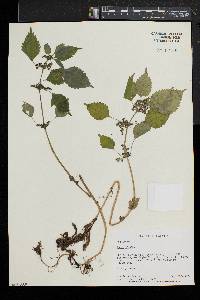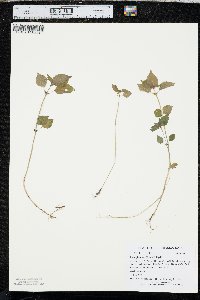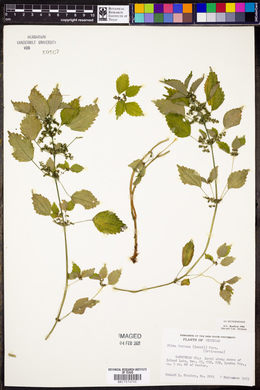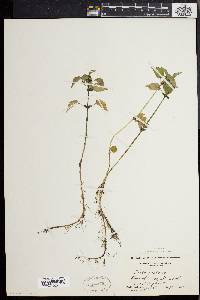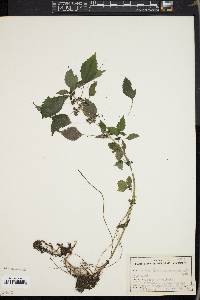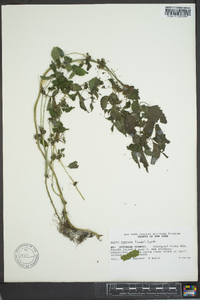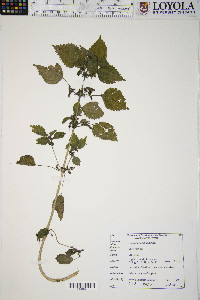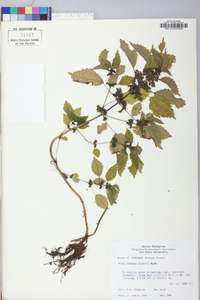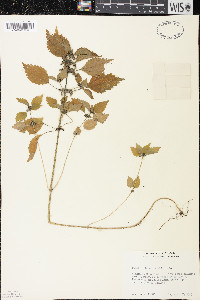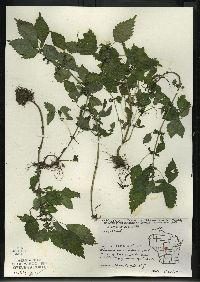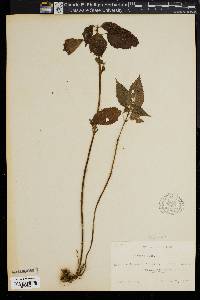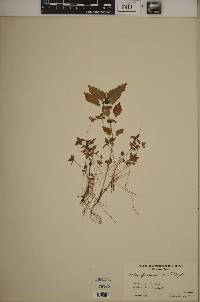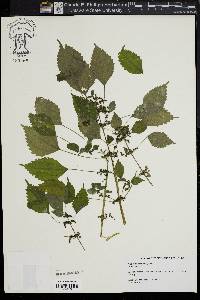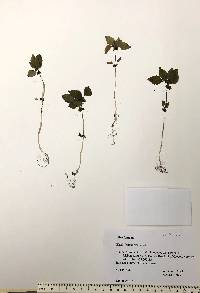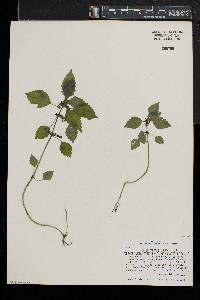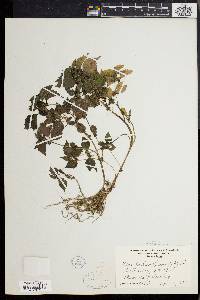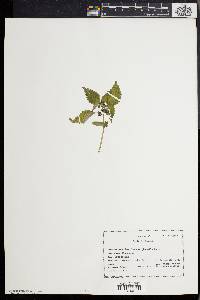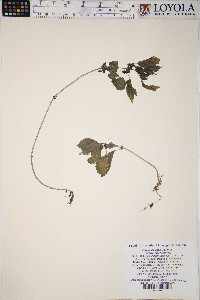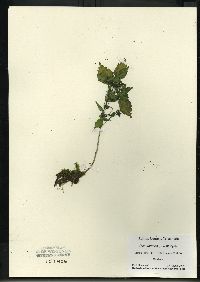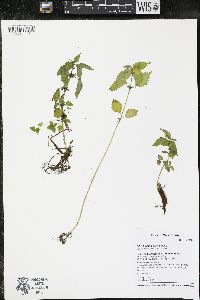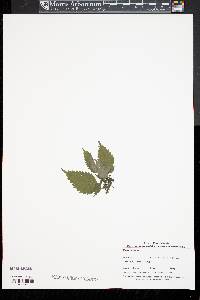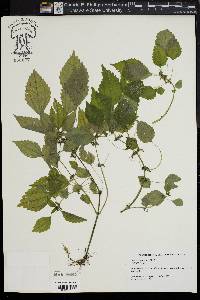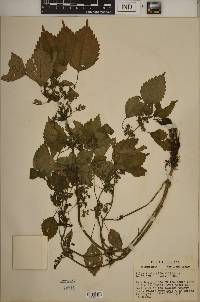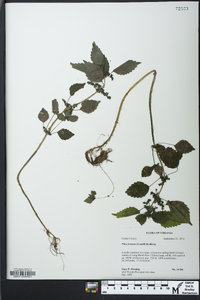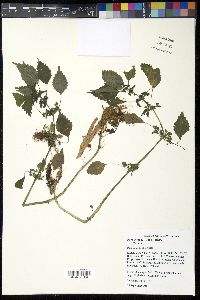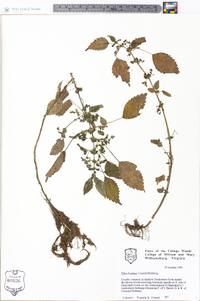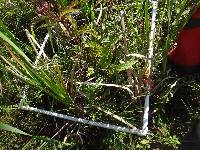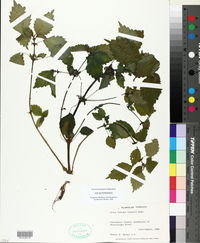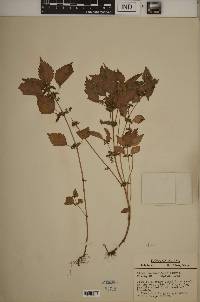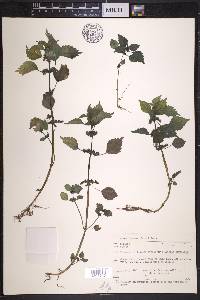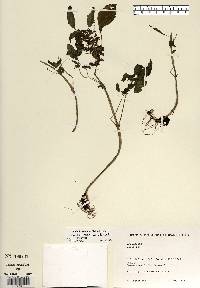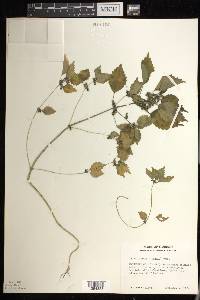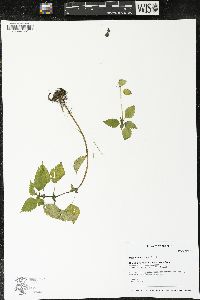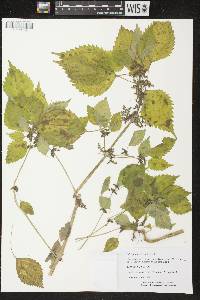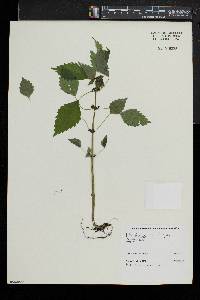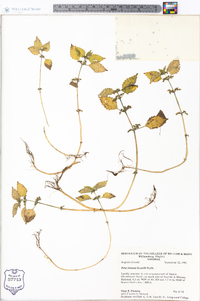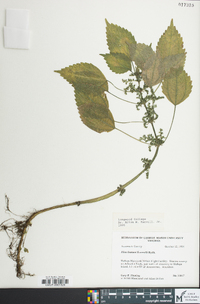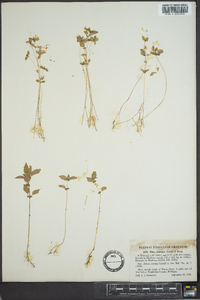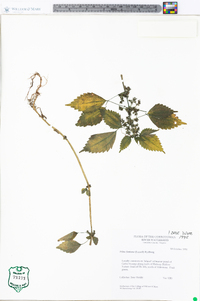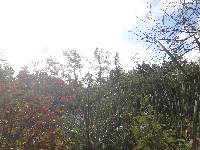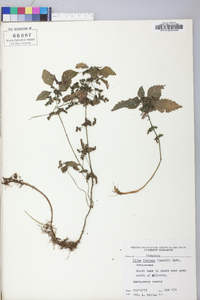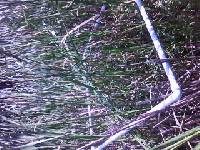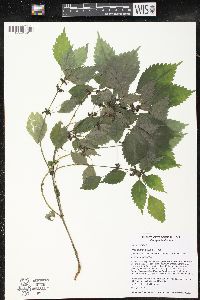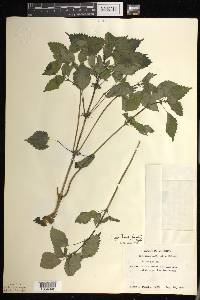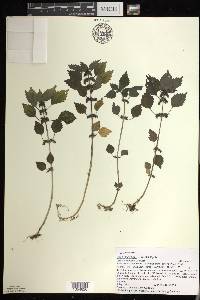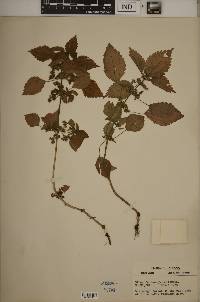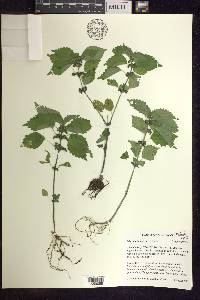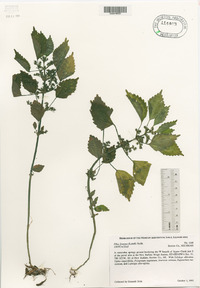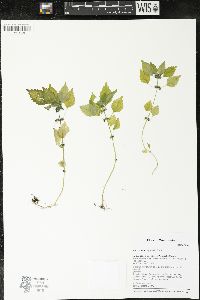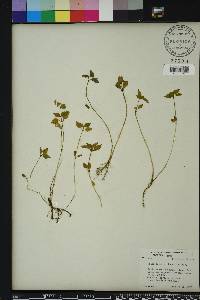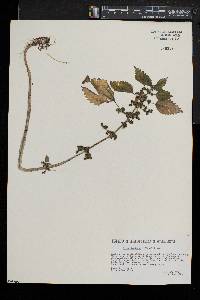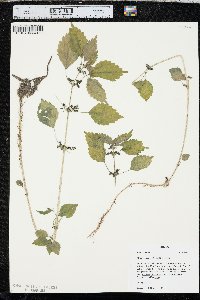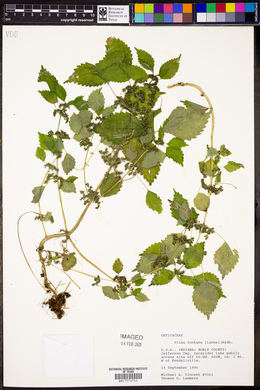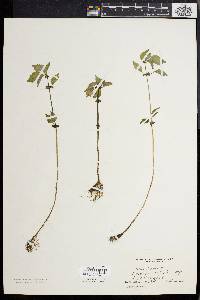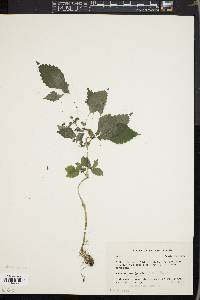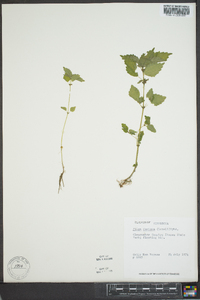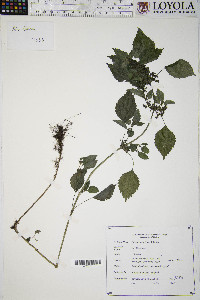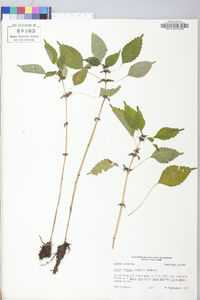Pilea fontana
|
|
|
|
Family: Urticaceae
Lesser Clearweed
[Adicea opaca Lunell] |
Herbs , annual, 1-7 dm. Stems simple or slightly branched, erect. Leaf blades elliptic to ovate, paired blades equal, 1-10 × 0.6-4.5 cm, margins dentate. Inflorescences crowded or lax. Flowers ca. 1 mm across. Achenes uniformly black except for very narrow, pale, often inconspicuous, marginal band, compressed, teardrop-shaped, 1.3-1.7 × 1-1.5 mm, conspicuously pebbled or warty with raised bosses. Flowering late summer-fall. Mixed woods, along streams, swamps, seepages, and marshes; 0-300 m; Ont.; Ala., Conn., Fla., Ga., Ill., Ind., Iowa, Md., Mass., Mich., Minn., Nebr., N.J., N.Y., N.C., N.Dak., Ohio, Pa., R.I., S.C., S.Dak., Vt., Va., Wis. Pilea fontana and P . pumila are separated primarily by differences in their mature achenes. In addition, leaves of P . fontana are often more opaque and less shiny than those of P . pumila . A few collections of P . pumila from Bourbon, Owen, and Robertson counties, Kentucky, and Macon County, Tennessee, have the black achenes of P . fontana , but without the bosses, and show striations on the younger achenes as in P . pumila . I have seen only two mixed collections (Chisago County, Minnesota, and Richland-Ransom county line, South Dakota), which probably indicates that these two very similar species seldom occur together, even though their ranges overlap completely.
Annual herb 10 cm - 0.7 m tall Stem: erect and unbranched or few-branched. Leaves: opposite, stalked, 1 - 10 cm long, 0.6 - 4.5 cm wide, elliptic to egg-shaped, toothed, usually hairless. Flowers: either male or female, found on the same plant (monoecious), borne axillary in a flat-topped inflorescence having both male and female flowers, subtended by bracts, about 1 mm across. The male flowers have four tepals and four stamens, while the female flowers have three tepals and sterile stamens. Fruit: an achene, black with a very narrow and often inconspicuous pale band, 1.3 - 1.7 mm long, 1 - 1.5 mm wide, tear-drop shaped and warty. The achene is ejected when mature. Similar species: Boehmeria cylindrica and Parietaria pensylvanica have flexible, non-stinging hairs, and Laportea canadensis and Urtica dioica both have stiff, stinging hairs and flexible, non-stinging hairs. Pilea pumila is distinguished by its smooth, pale green achene that sometimes has raised purple streaks. Flowering: late August to mid September Habitat and ecology: Local in cool, moist shaded areas, especially those that are springy or boggy. This species is also occasional in marshes containing sediments from gradually moving water. Occurence in the Chicago region: native Etymology: Pilea comes from the Greek word pilos, meaning cap, referring to the achene being covered by the longer sepal of some species in the genus. Fontana means "of springs." Author: The Morton Arboretum Much like no. 1 [Pilea pumila (L.) A. Gray], the herbage less pellucid; achenes dark purple or dark olivaceous to nearly black, pale-margined, irregularly elevated on the sides, broadly ovate, 1.3-2 mm, 70-85% as wide; seed tuberculate. Wet, boggy or springy soil; P.E.I. to Minn. and N.D., s. to Va., Ind., and Nebr.; Fla. July-Sept. (P. opaca) Gleason, Henry A. & Cronquist, Arthur J. 1991. Manual of vascular plants of northeastern United States and adjacent Canada. lxxv + 910 pp. ©The New York Botanical Garden. All rights reserved. Used by permission. From Flora of Indiana (1940) by Charles C. Deam Found in favorable habitats probably throughout the state although its habitat is rarely found south of the lake area. This species grows only in very wet, springy, and boggy places, usually on the borders of lakes and streams. It commonly forms dense stands and usually is 6-12 inches high although I have a specimen more than 3 feet high. One of its favorite habitats is among dead or live cattails. This species can easily be separated from the preceding species by the white margin of the fruit and the purple color of the inside of the pericarp. It has not been recognized for a time long enough to ascertain its range. …… Indiana Coefficient of Conservatism: C = 5 Wetland Indicator Status: FACW |
|
|
|

